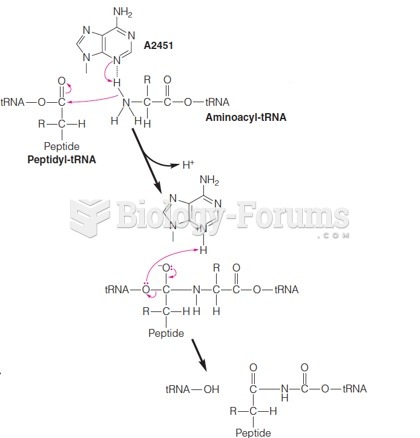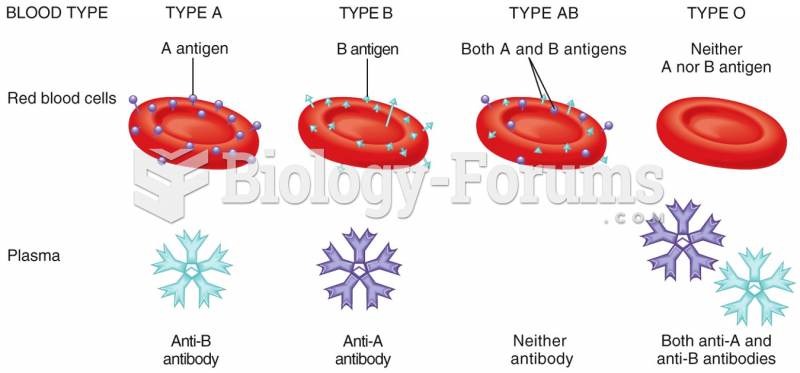|
|
|
The people with the highest levels of LDL are Mexican American males and non-Hispanic black females.
The most common treatment options for addiction include psychotherapy, support groups, and individual counseling.
The average person is easily confused by the terms pharmaceutics and pharmacology, thinking they are one and the same. Whereas pharmaceutics is the science of preparing and dispensing drugs (otherwise known as the science of pharmacy), pharmacology is the study of medications.
Eating carrots will improve your eyesight. Carrots are high in vitamin A (retinol), which is essential for good vision. It can also be found in milk, cheese, egg yolks, and liver.
There are over 65,000 known species of protozoa. About 10,000 species are parasitic.







